Frequently Asked Questions
1. What is the historical significance of knives in culinary arts?
2. What are the different types of knives mentioned in the blog?
3. How can I maintain my culinary knives?
4. What makes Japanese knives unique in the culinary world?
5. What role do personalized knives play as gifts?
In the world of culinary arts, knives are not merely tools; they are extensions of a chef's creativity and skill. From ancient civilizations to modern-day kitchens, the evolution of knives reflects advancements in technology, materials, and our understanding of culinary practices. This blog post delves into the fascinating journey of knives in the culinary arts, exploring their historical significance, the various types available today, and tips for maintaining them. Whether you are looking for personalized gifts for aspiring chefs or wish to refine your cooking skills, understanding the evolution of knives will deepen your appreciation for these indispensable tools.
The Historical Roots of Knives
Knives have been used by humans for thousands of years. The earliest knives were made from stones and bones, serving as essential instruments for hunting and food preparation. As civilizations progressed, so did the materials and techniques used in knife-making.
Stone and Bone Knives
Initially, knives were simple tools crafted from sharp stones and animal bones. Archaeological findings suggest that these rudimentary tools were used by prehistoric people for cutting meat and processing plants. With time, as metallurgy developed, bronze and copper began to replace stone, allowing for sharper and more durable knives.
The Advent of Iron and Steel
The transition to iron and steel in knife production marked a significant advancement. As societies like the Romans and the Chinese developed iron forging techniques, knives became more specialized and accessible to the masses. In the culinary world, this allowed for the creation of different knife types tailored to specific tasks - from chopping vegetables to filleting fish.
The Craftsmanship Behind Culinary Knives
As we progressed into the Middle Ages and the Renaissance period, the craftsmanship of knives became revered. Craftsmen began honing their skills, creating knives that not only served a functional purpose but also had aesthetic value. Today, some of the most renowned knife-making regions, such as Solingen in Germany and Seki City in Japan, highlight the rich tradition of skilling artisanal knife-making.
Japanese Knives: A Blend of Art and Precision
Japanese knives, particularly, have gained immense popularity among professional chefs and home cooks alike. These knives are known for their exceptional sharpness and attention to detail. The traditional methods used to create these knives, such as differential tempering and hand-forging, showcase an understanding of metallurgy that has been passed down through generations.
The Modern Knife Industry
Today, the knife industry is a multi-billion dollar market with a plethora of choices catering to every chef's needs. From high-performance chef's knives to specialized tools like paring knives and bread knives, the options are endless. New technologies have also emerged, such as ceramic knives that offer remarkable durability and ease of maintenance, further enriching the culinary experience.
Understanding Different Knife Types
To appreciate the evolution of knives fully, it's essential to understand the various types available and their specific uses in the kitchen. Each knife serves a unique purpose, enhancing efficiency and precision.
Chef's Knife
The chef's knife is a versatile tool that can perform a range of tasks such as chopping, slicing, and dicing. A hallmark of quality, this knife is typically 8 to 10 inches long, providing the ideal balance between control and power.
Paring Knife
This small, precise knife is ideal for intricate tasks, such as peeling fruits and vegetables or creating garnishes. Its size allows for better maneuverability, making it a must-have in any kitchen.
Fillet Knife
For those who enjoy working with fish, a fillet knife is essential. Its flexible blade allows for precise cuts along the spine, ensuring a clean and efficient filleting process.
Bread Knife
The serrated edge of a bread knife is designed to cut through crusty bread without crushing it. The unique blade shape allows for smooth, even slicing, making this knife a favorite among bakers.
Maintaining Your Knives
The best way to ensure your knives remain effective is through proper care and maintenance. Here are some essential tips to keep your culinary tools in top condition:
- Regular Sharpening: Sharp knives are safer and more efficient. Invest in a good knife sharpener or whetstone to maintain the sharpness of your blades.
- Proper Cleaning: Always wash your knives by hand with warm, soapy water. Avoid putting them in the dishwasher, as the heat and harsh detergents can damage the blade.
- Safe Storage: Store knives in a designated knife block or magnetic strip to protect the blades from damage and prevent accidents.
- Personalized Care: Consider customizing your knives with engravings or handles that reflect your personality or values. Personalized gifts, like customized knives, can add sentiment to your kitchen tools.
Knives as Personal And Cultural Gifts
Throughout history, knives have held significance that goes beyond mere functionality; they symbolize craftsmanship, tradition, and respect. Gifting high-quality knives can be a noteworthy gesture, especially when they are personalized to meet the recipient's taste and needs.
Personalized Gifts for Culinary Enthusiasts
Personalized gifts, such as engraved knives or custom designs, can add an element of thoughtfulness and uniqueness. Imagine the joy of receiving a beautifully crafted knife with one’s name or a special date inscribed on it. Such gifts not only serve as a practical culinary tool but also as cherished keepsakes that commemorate significant moments or relationships.
Cultural Significance of Knives
In many cultures, knives are considered heirlooms passed down through generations, representing heritage and family. Customizing a knife with engravings can connect the giver with the recipient’s cultural roots, creating a strong emotional bond through the act of sharing a piece of one's history.
Conclusion that Inspires: Unlocking Culinary Creativity
The evolution of knives in culinary arts mirrors humanity's journey toward refinement and innovation. Investing time into understanding knives — their history, types, and maintenance — not only enhances your culinary skills but also deepens your appreciation for the art of cooking. Whether you are an aspiring chef or someone who simply enjoys cooking at home, having the right knives can unlock a world of creativity in the kitchen.
So, as you explore your culinary journey, consider the importance of knives and the potential they hold in transforming your cooking experience. Personalized gifts such as customized culinary knives can further enrich your kitchen, making it a space filled with creativity, history, and love for food. Embrace the evolution of knives, and let them inspire you in your culinary adventures!
Discover the creations of a fellow Shopify or Wix store owner. Check out their online store here. Please remember that this is a promotional link, and we are not liable for the content of the linked store.


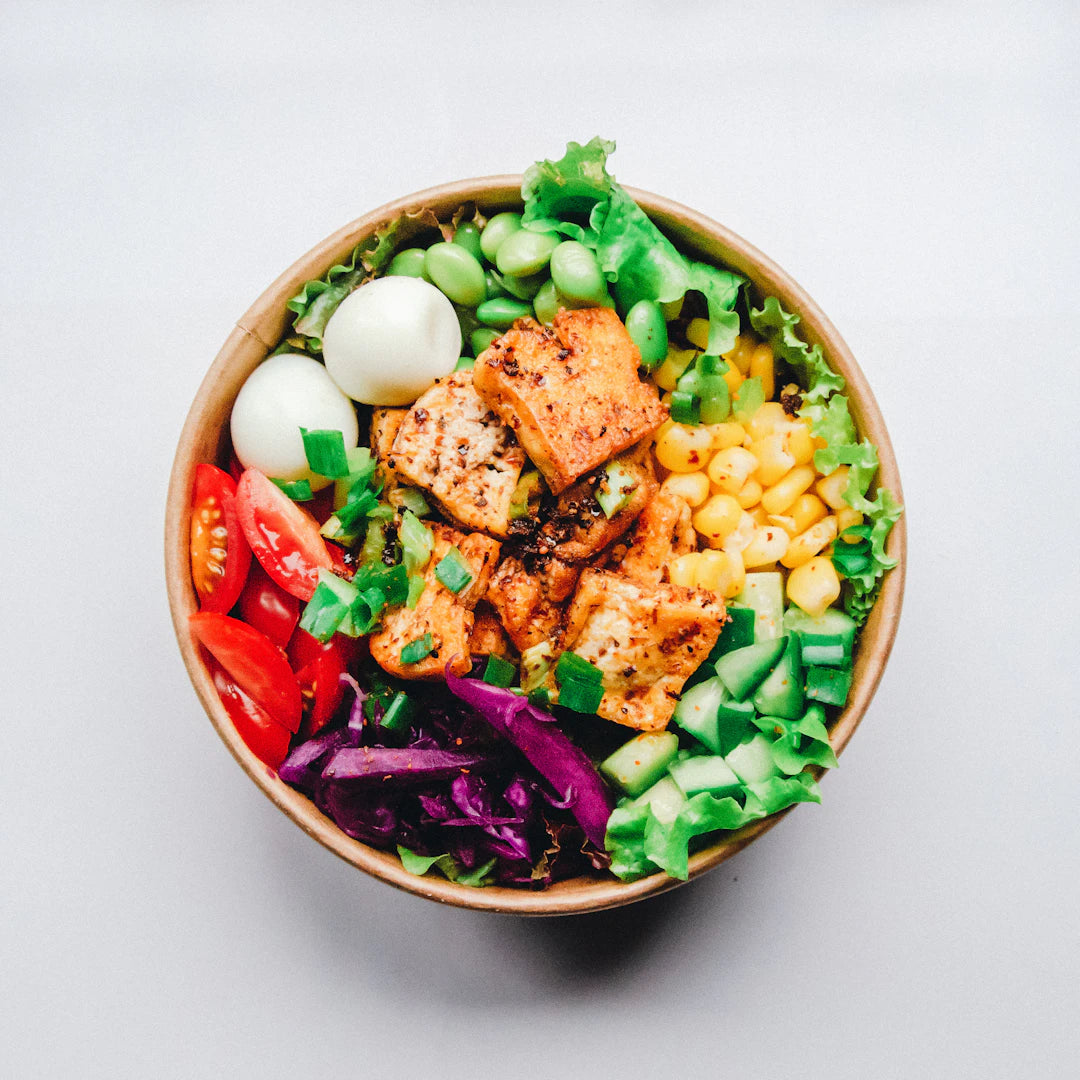



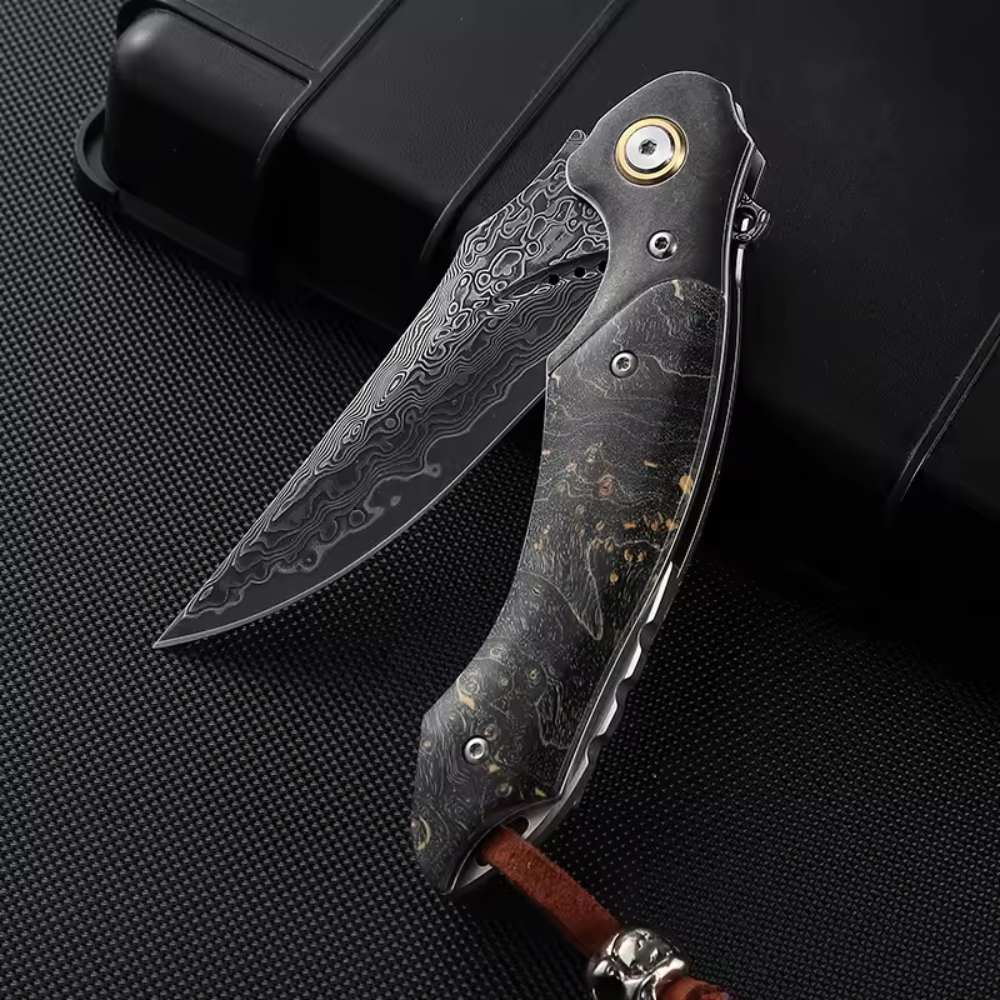
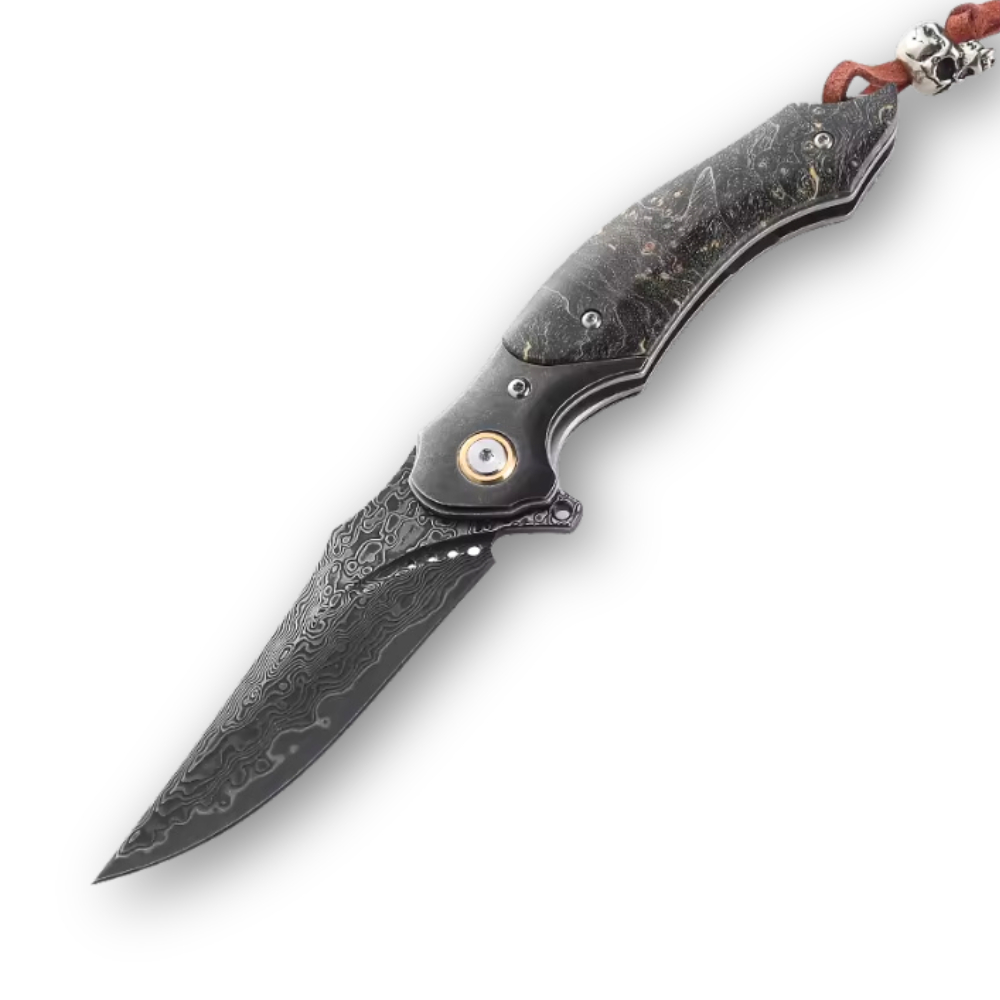
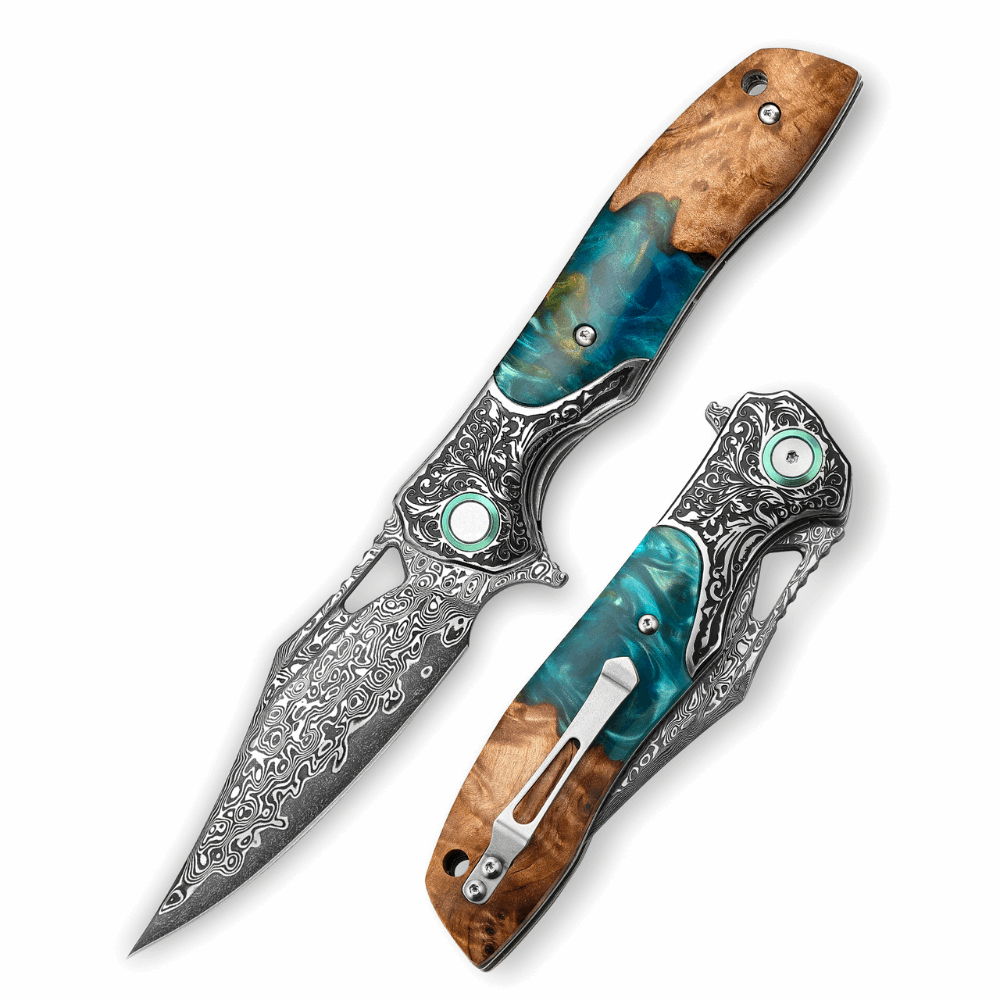
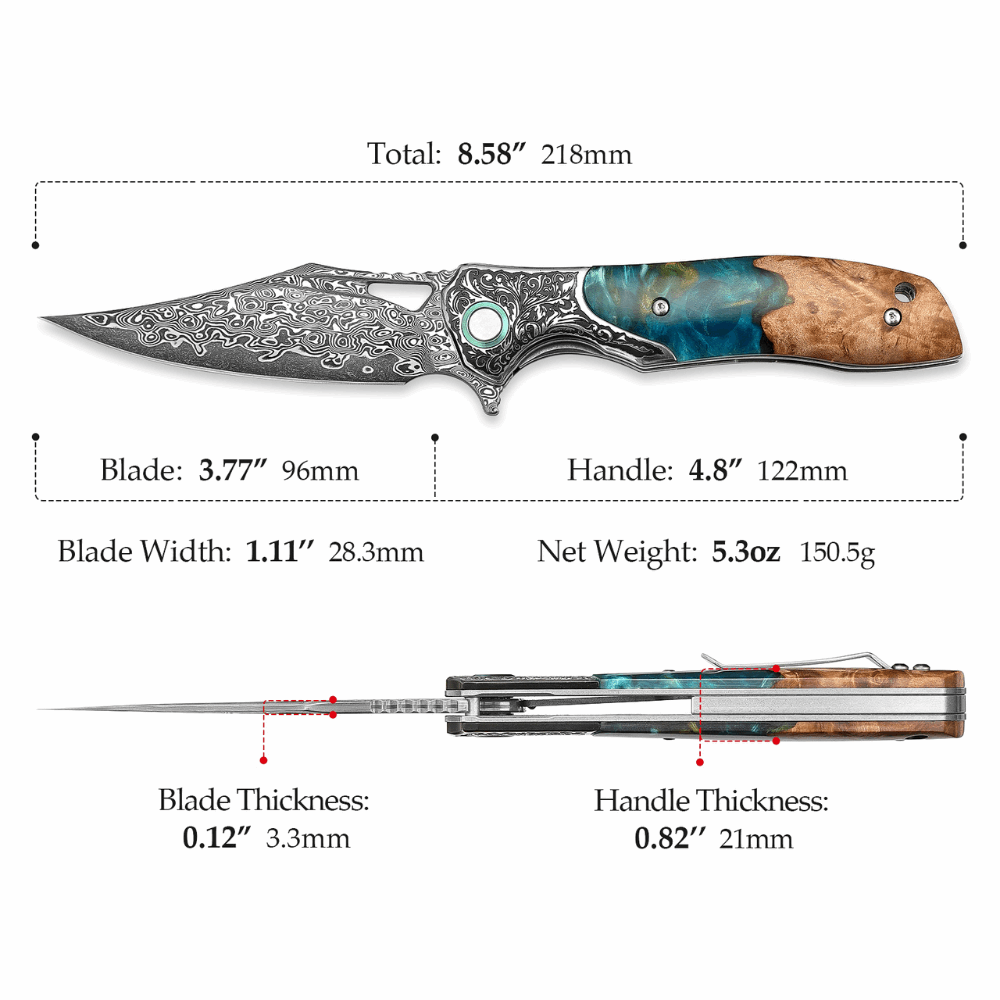
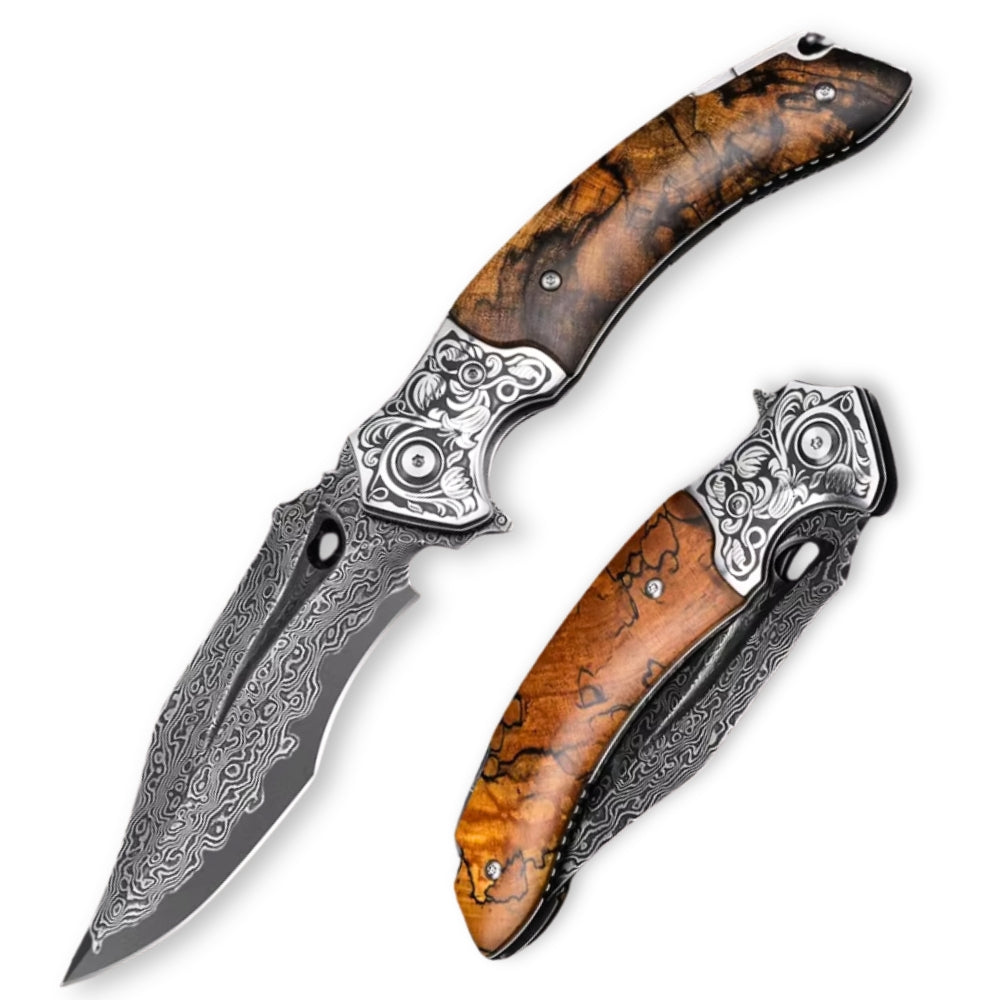
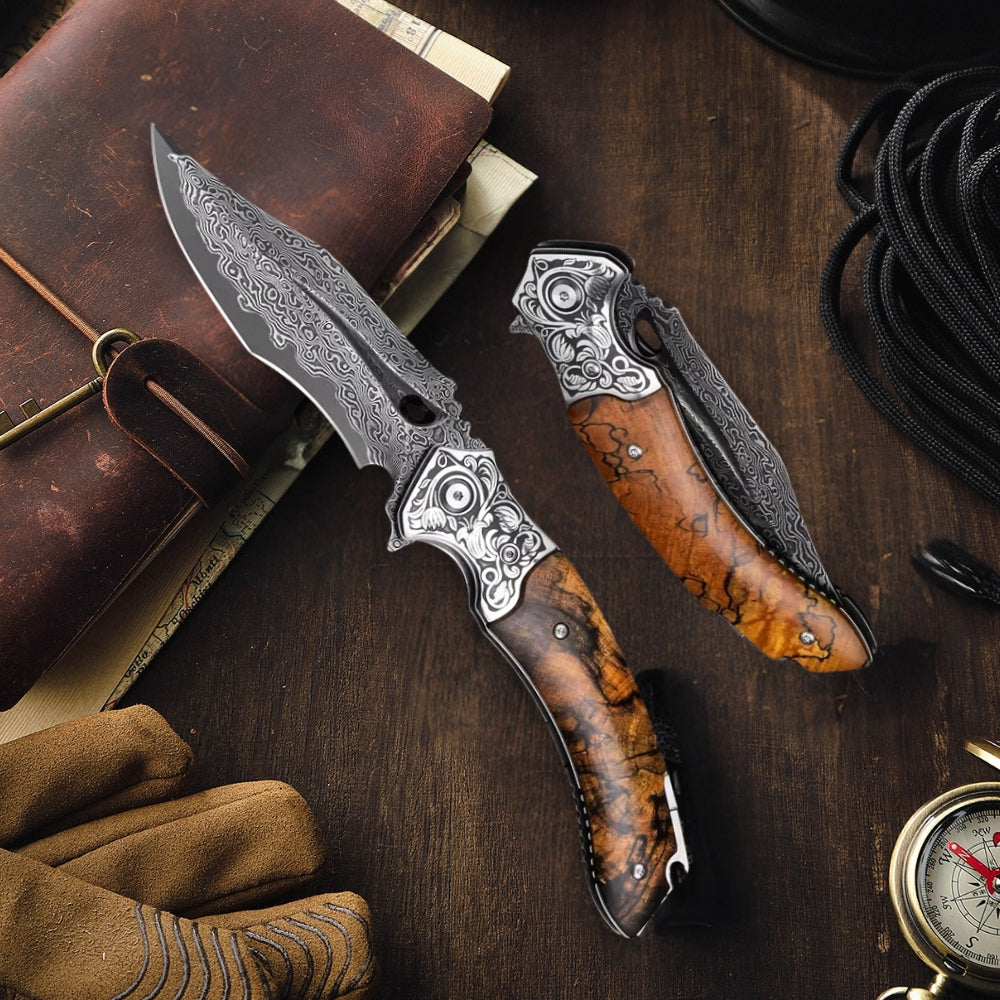
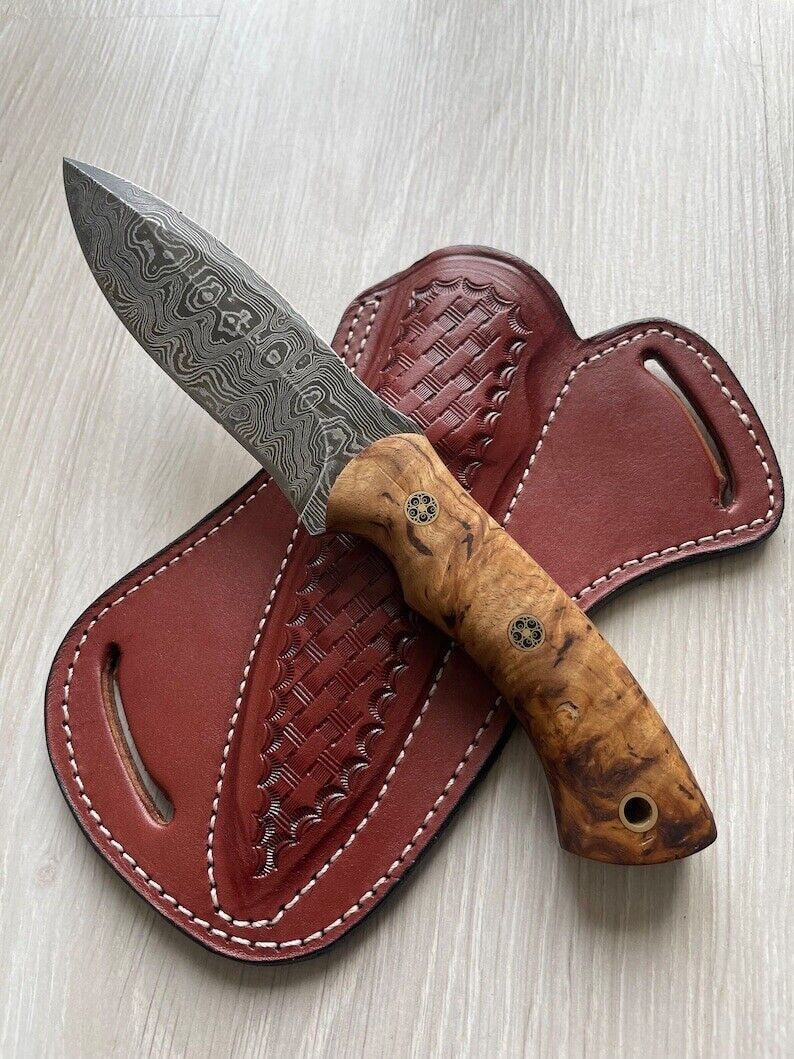
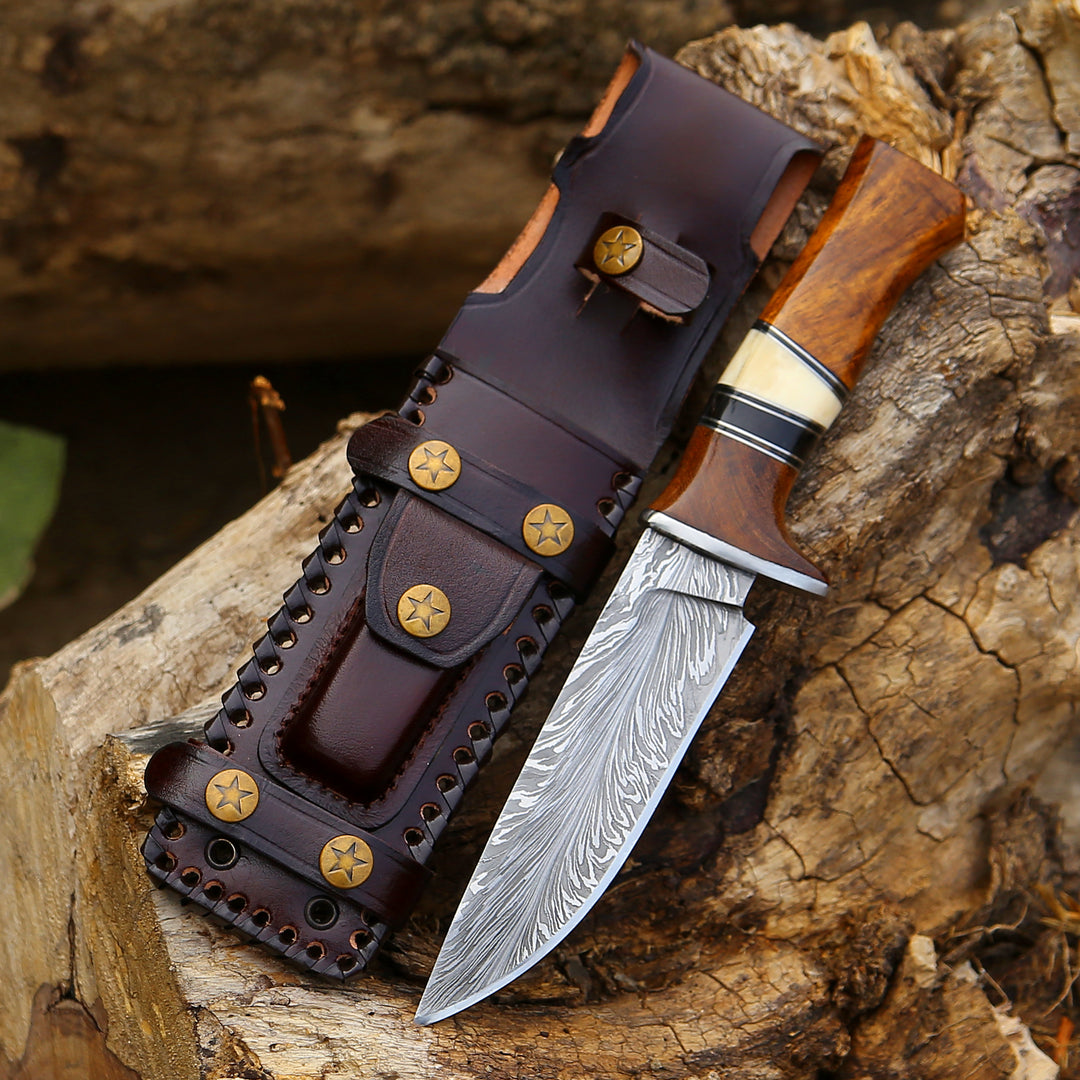
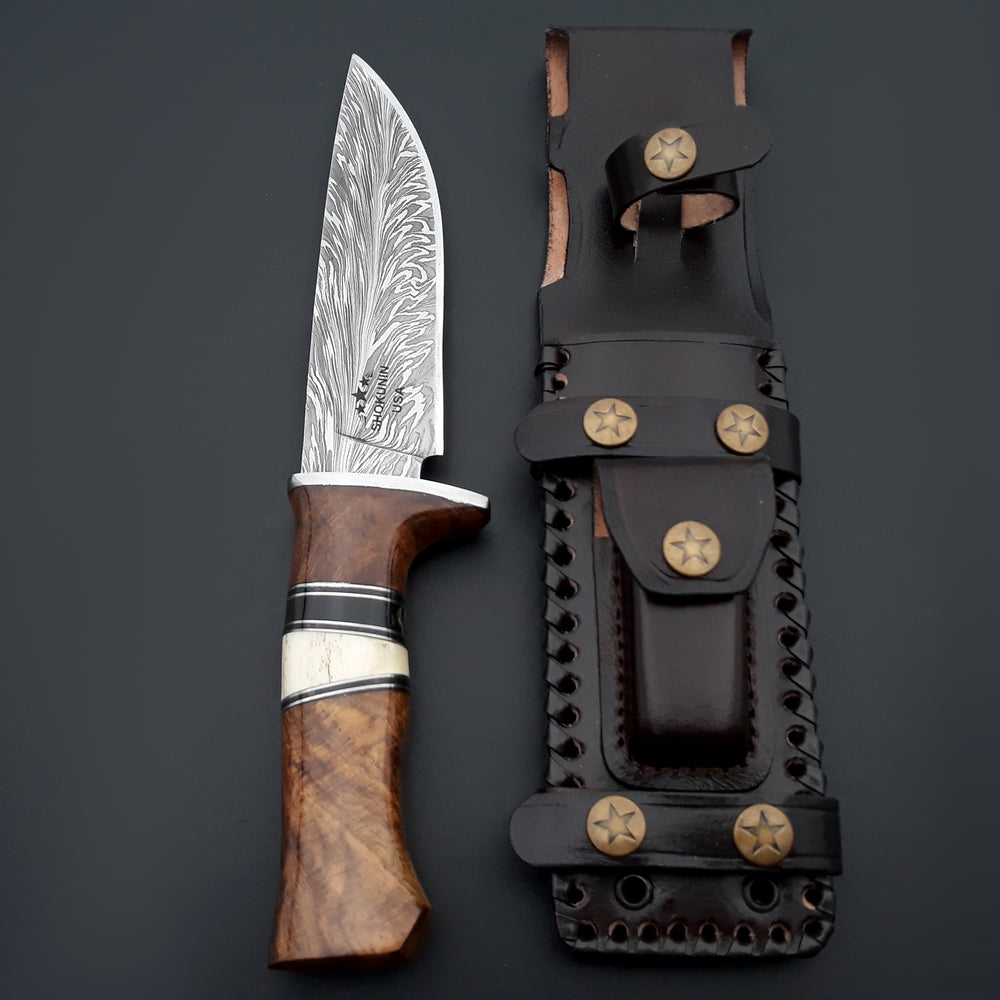
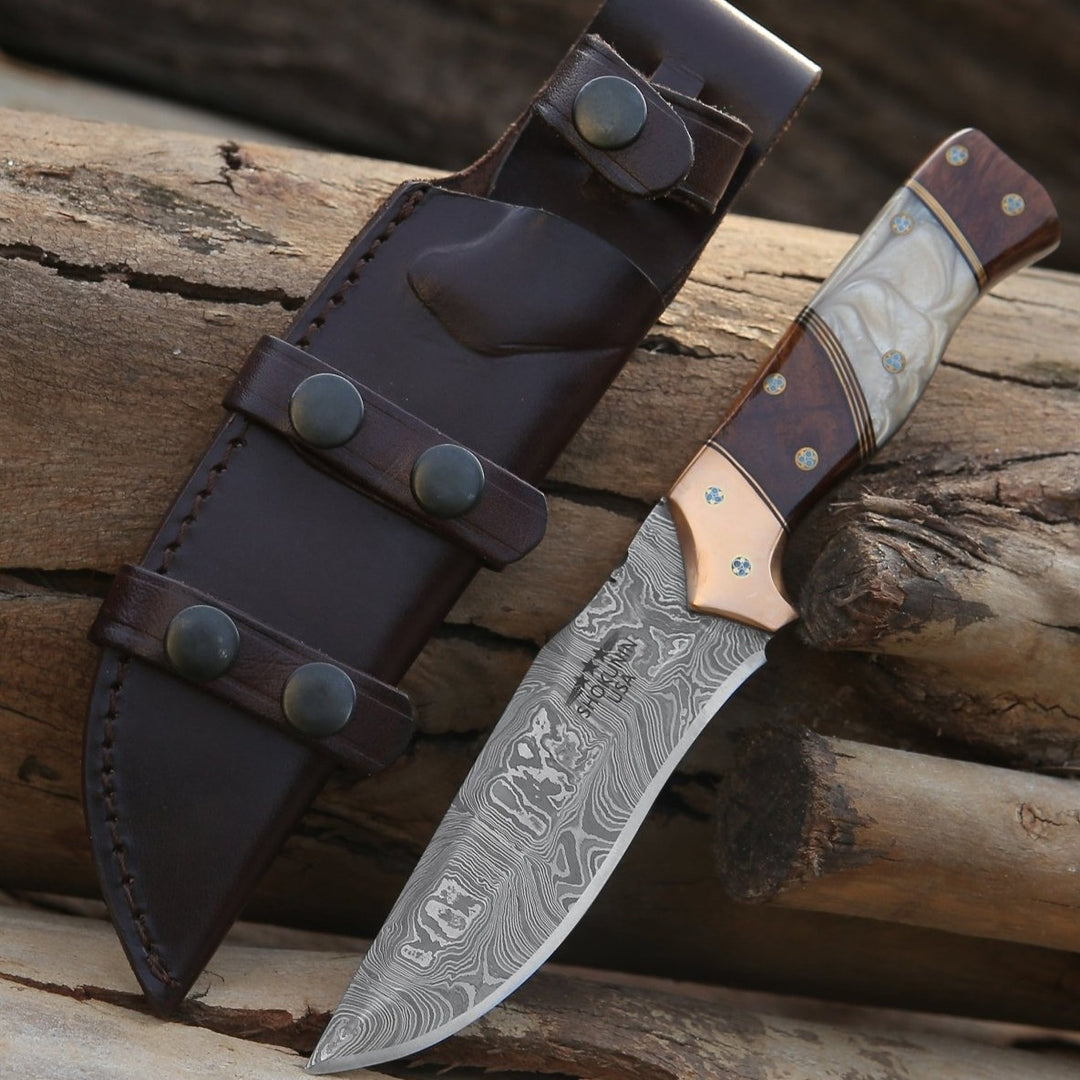
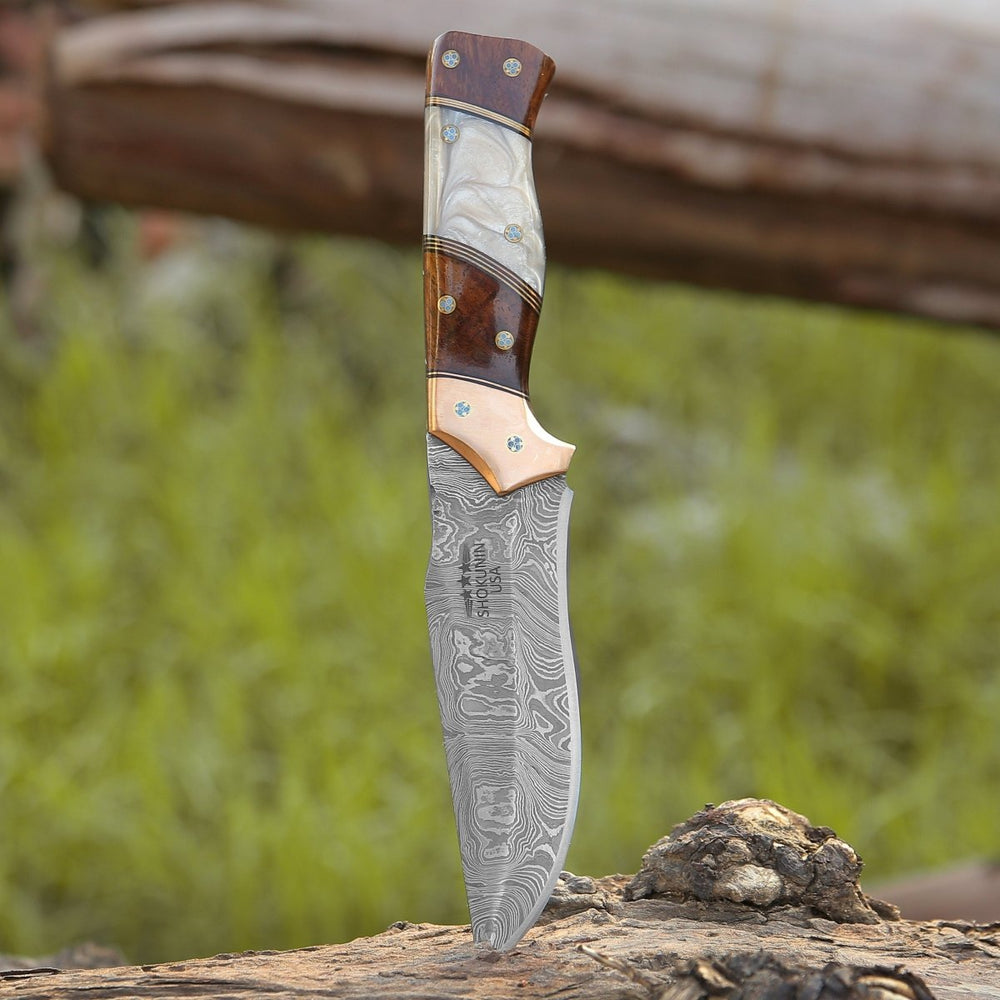
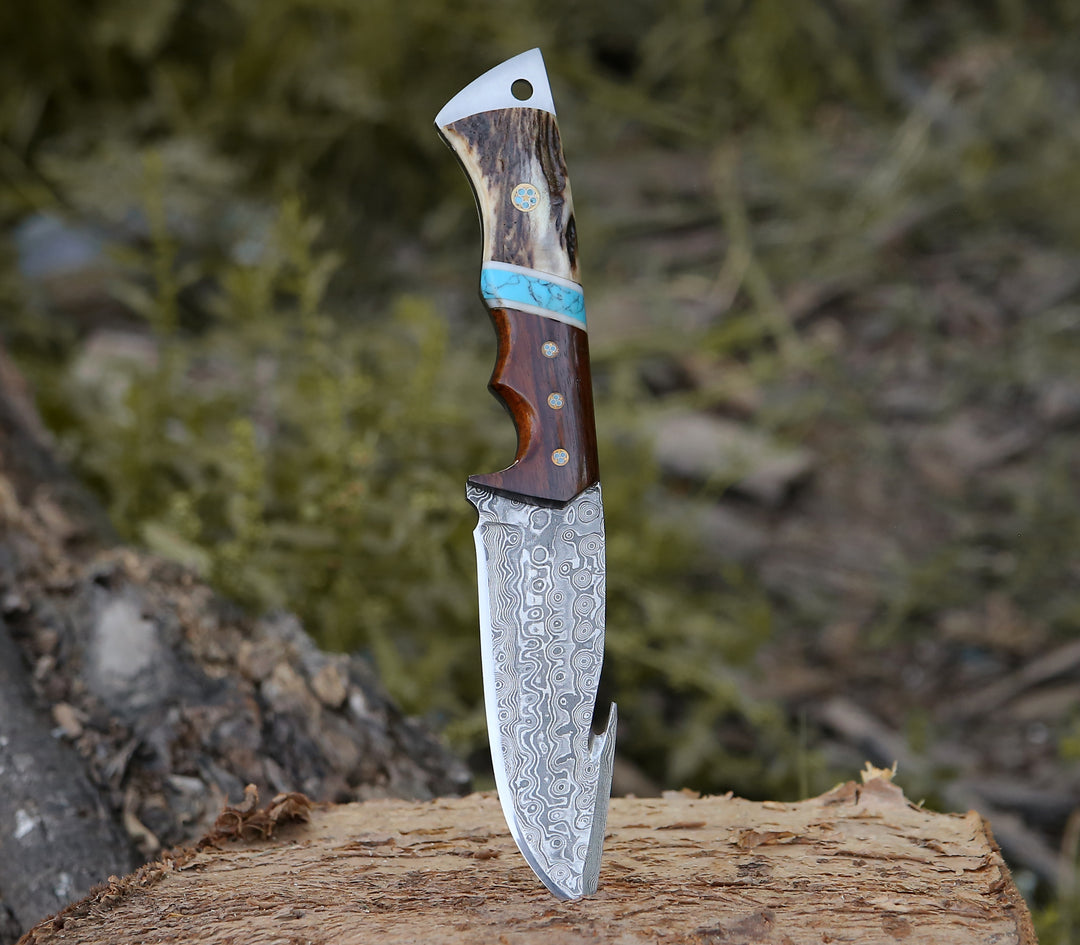
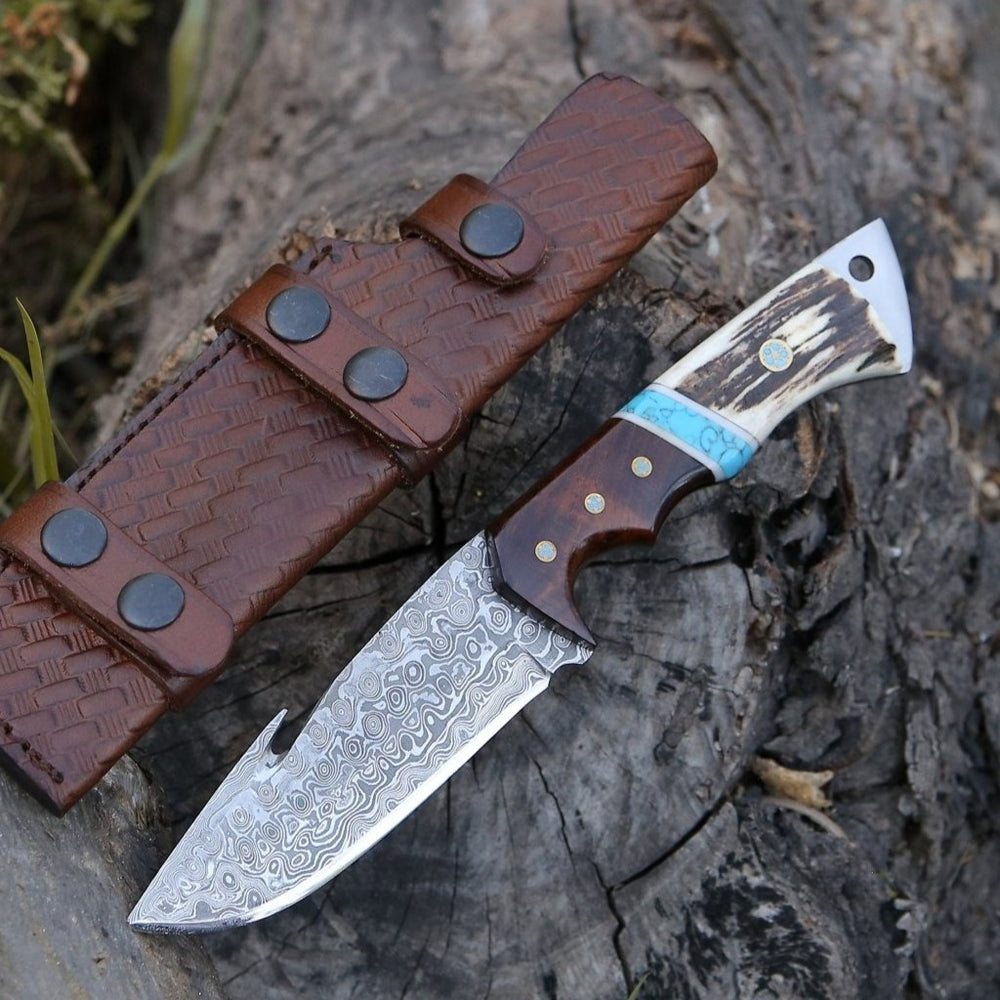
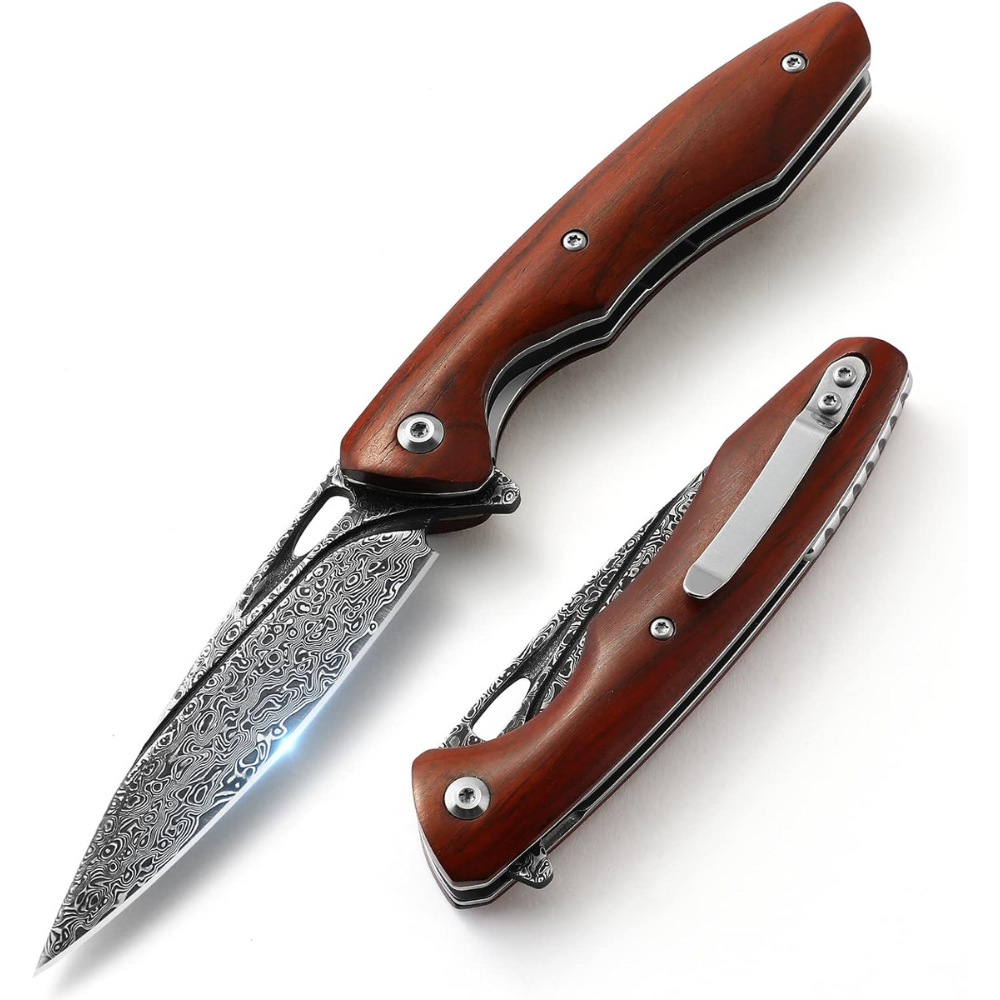
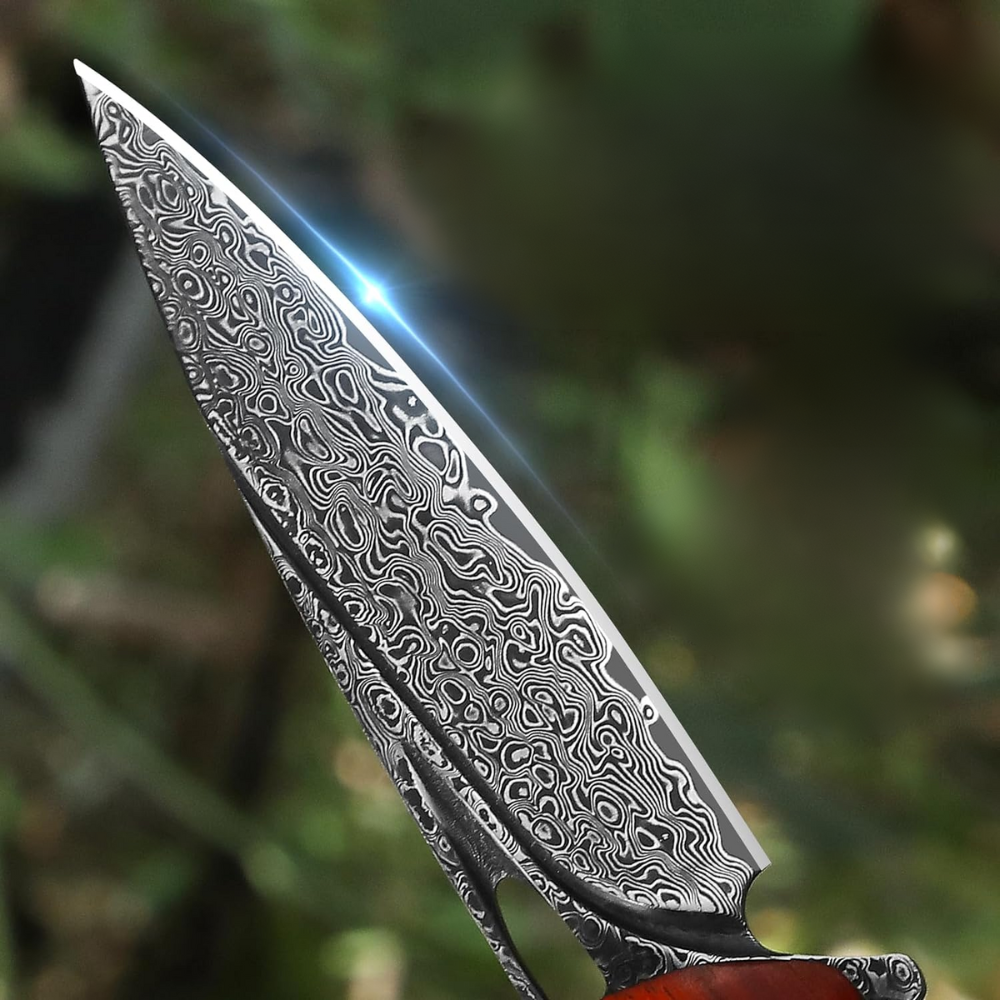
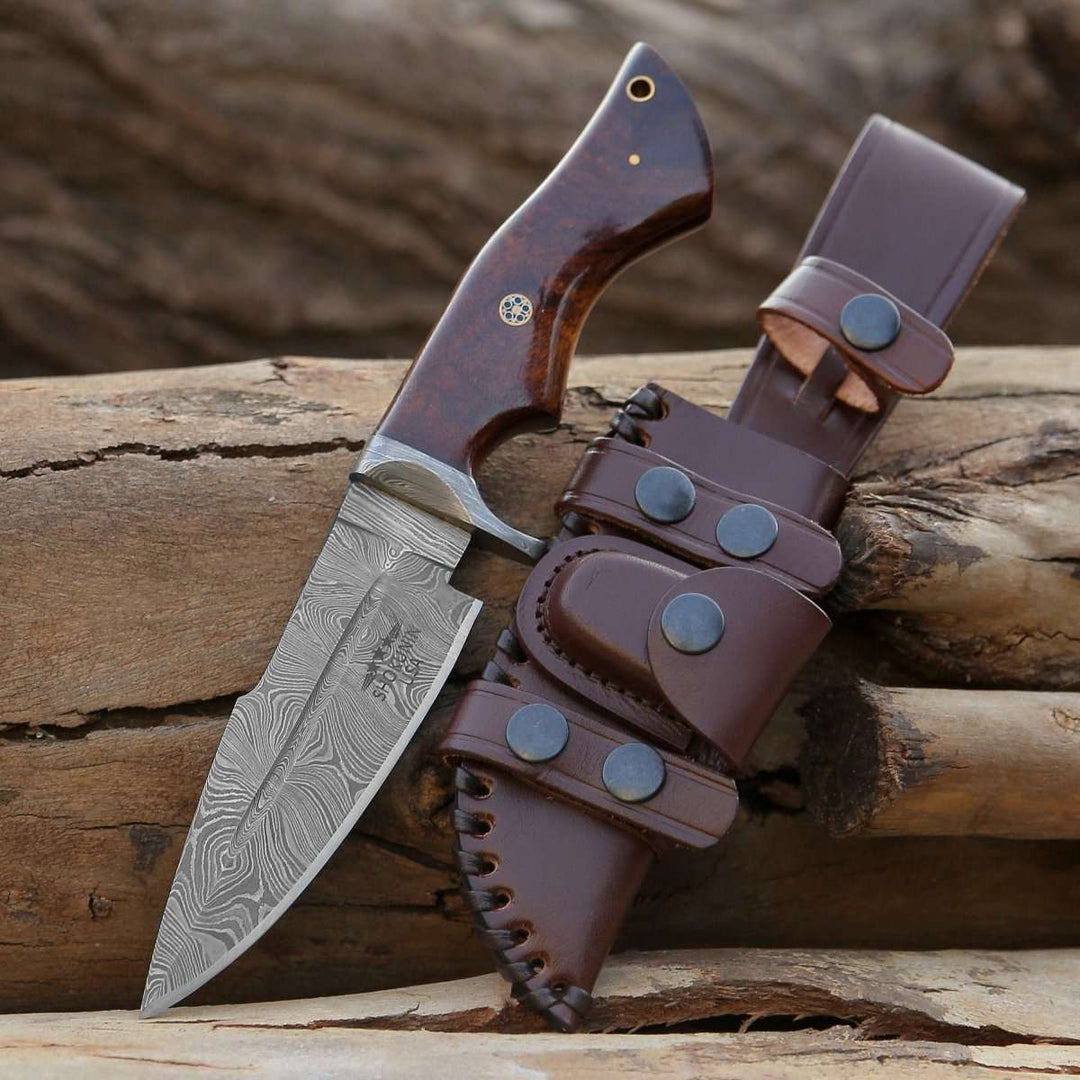
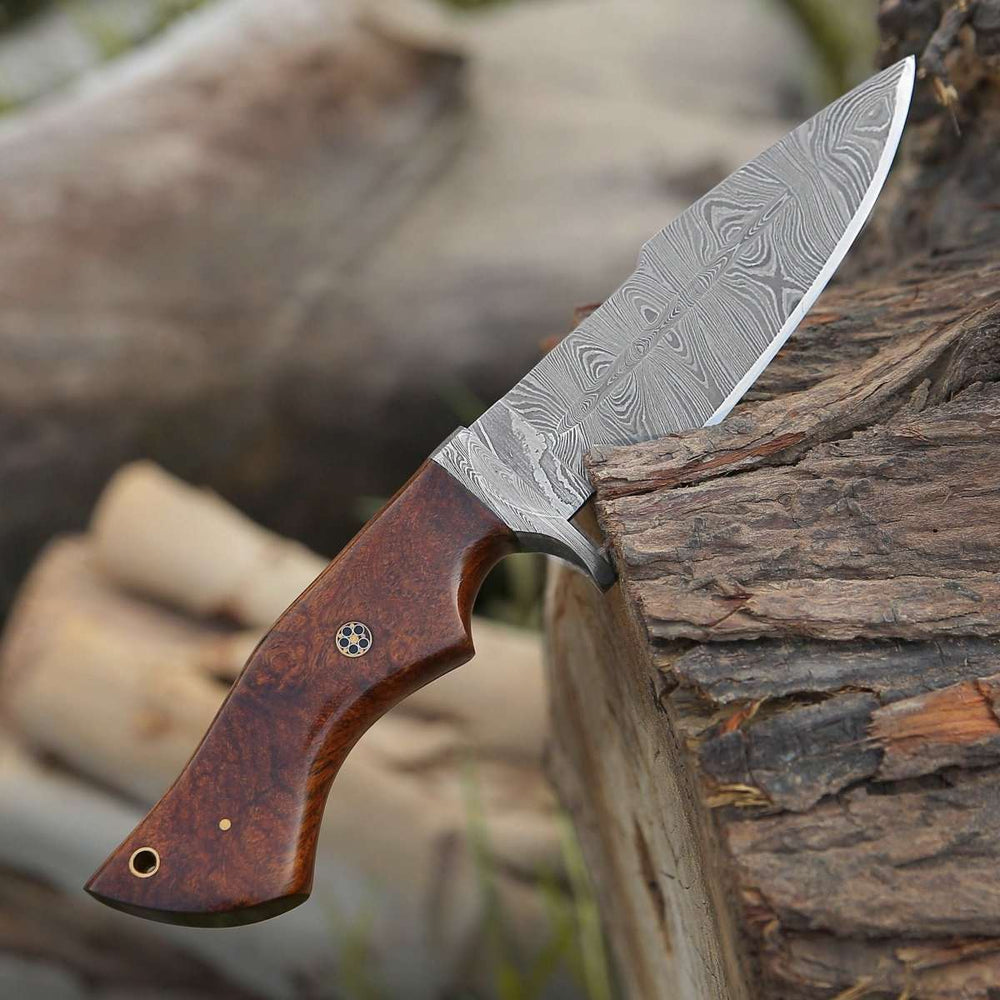
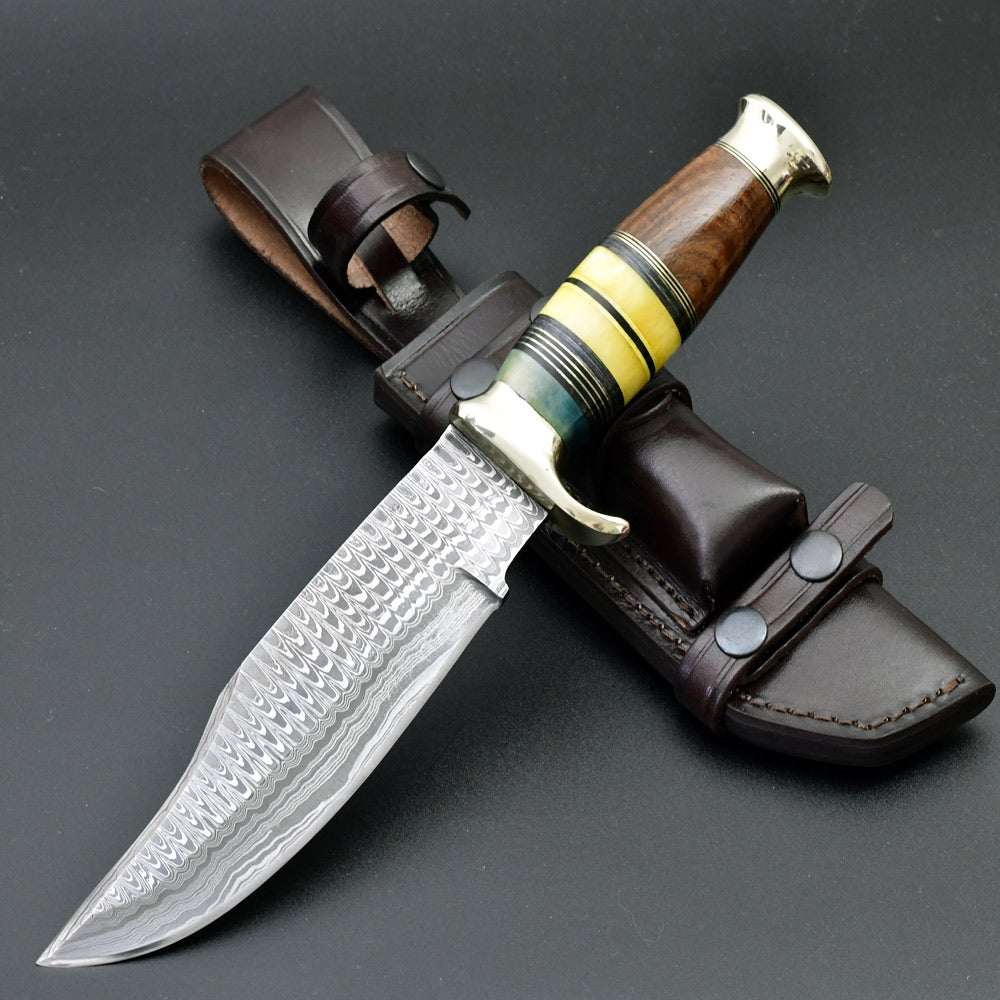
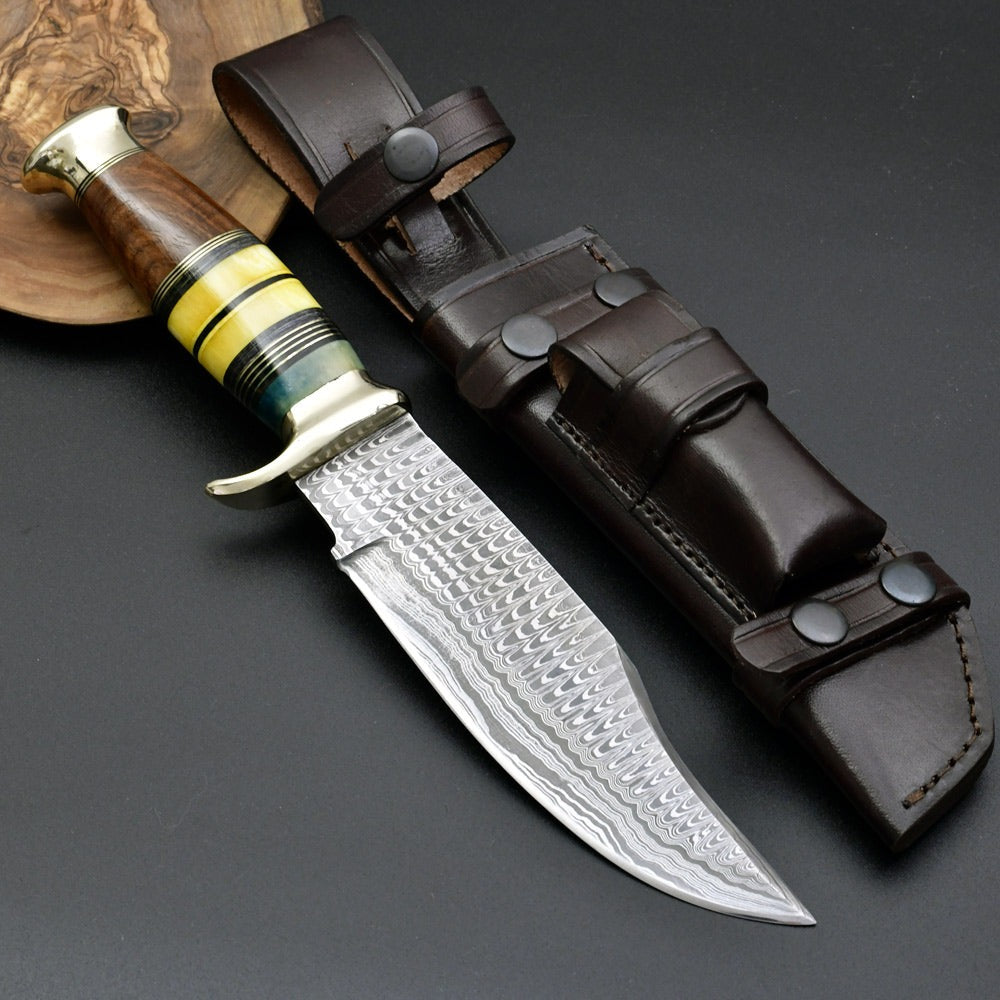
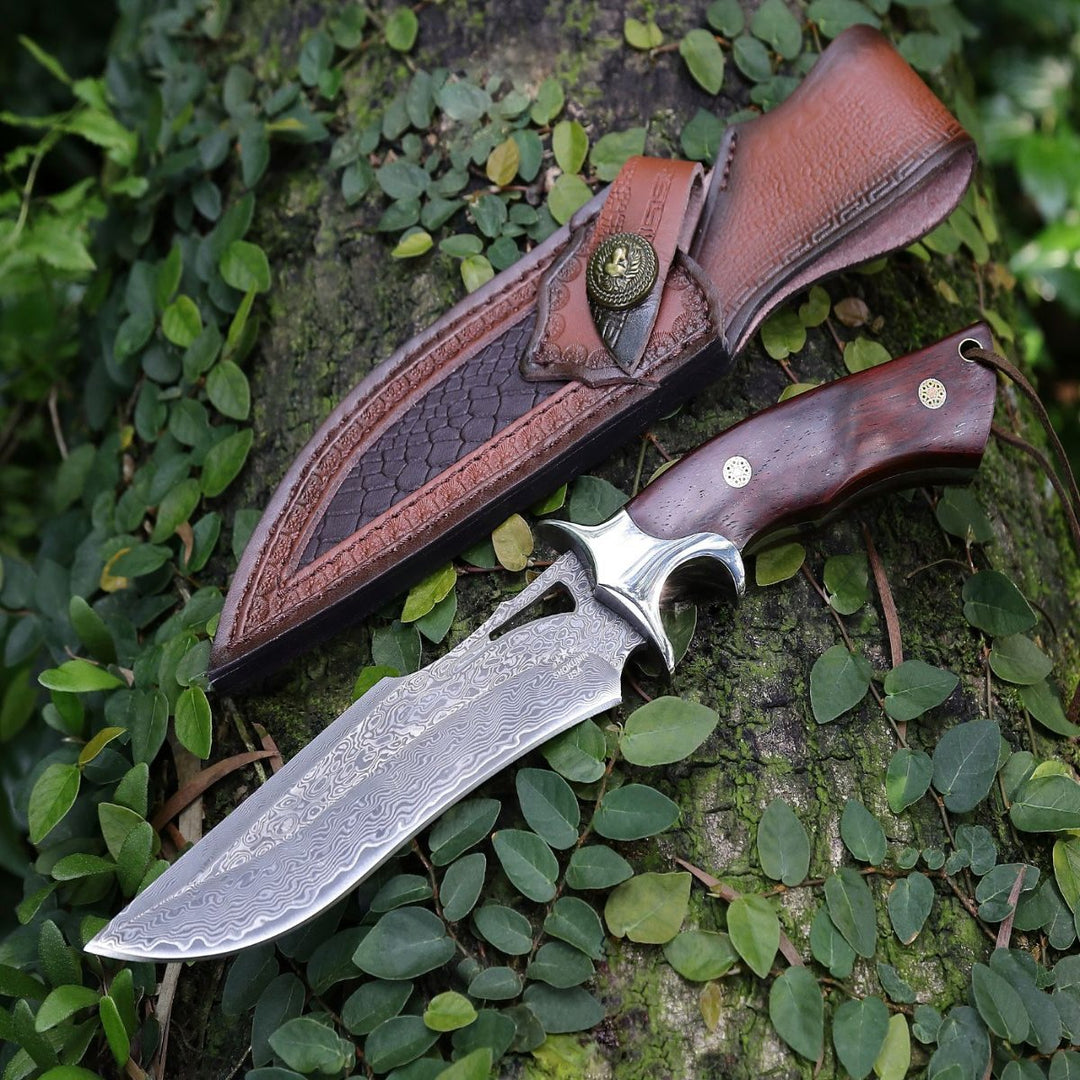
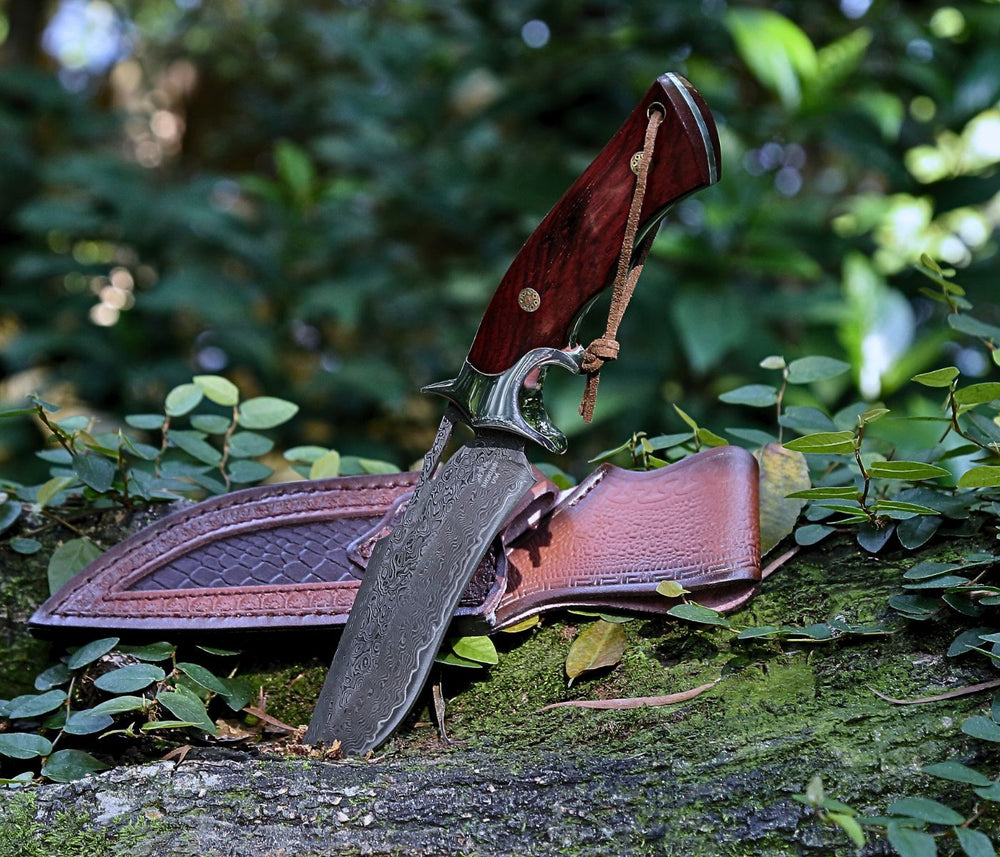
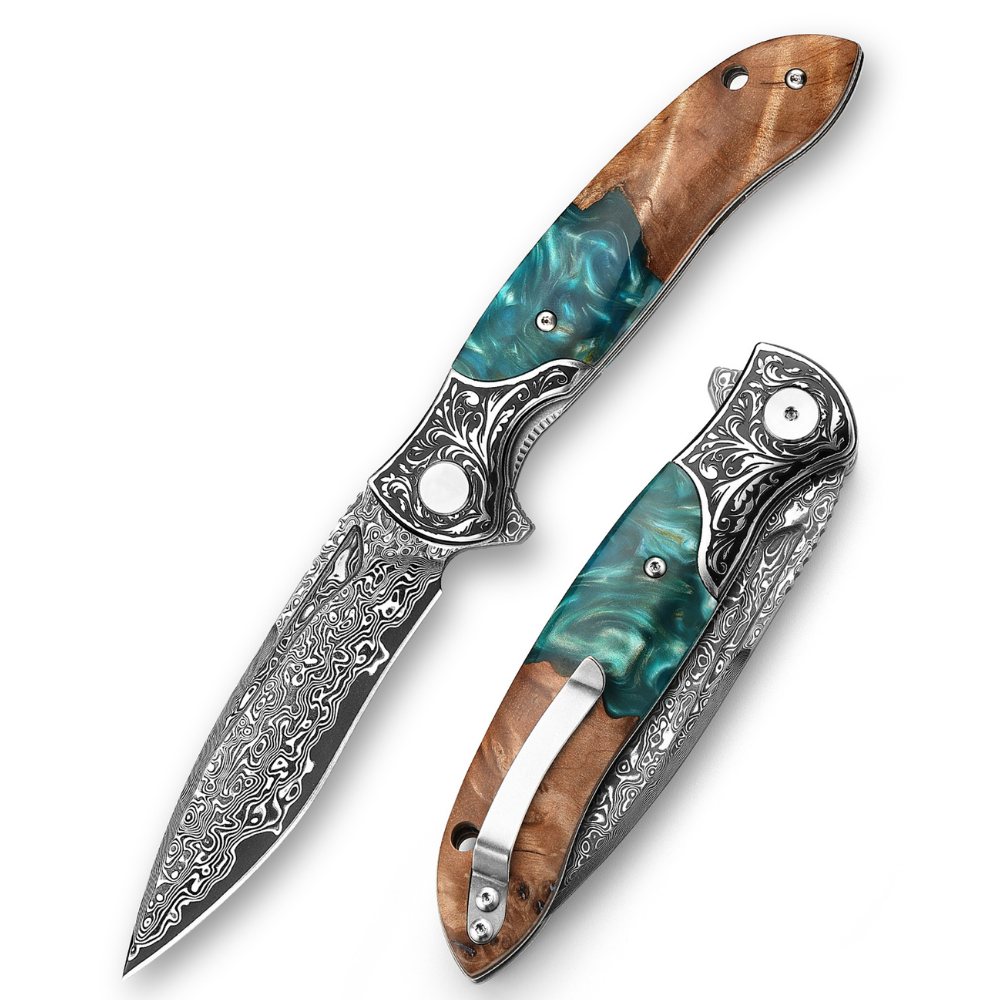
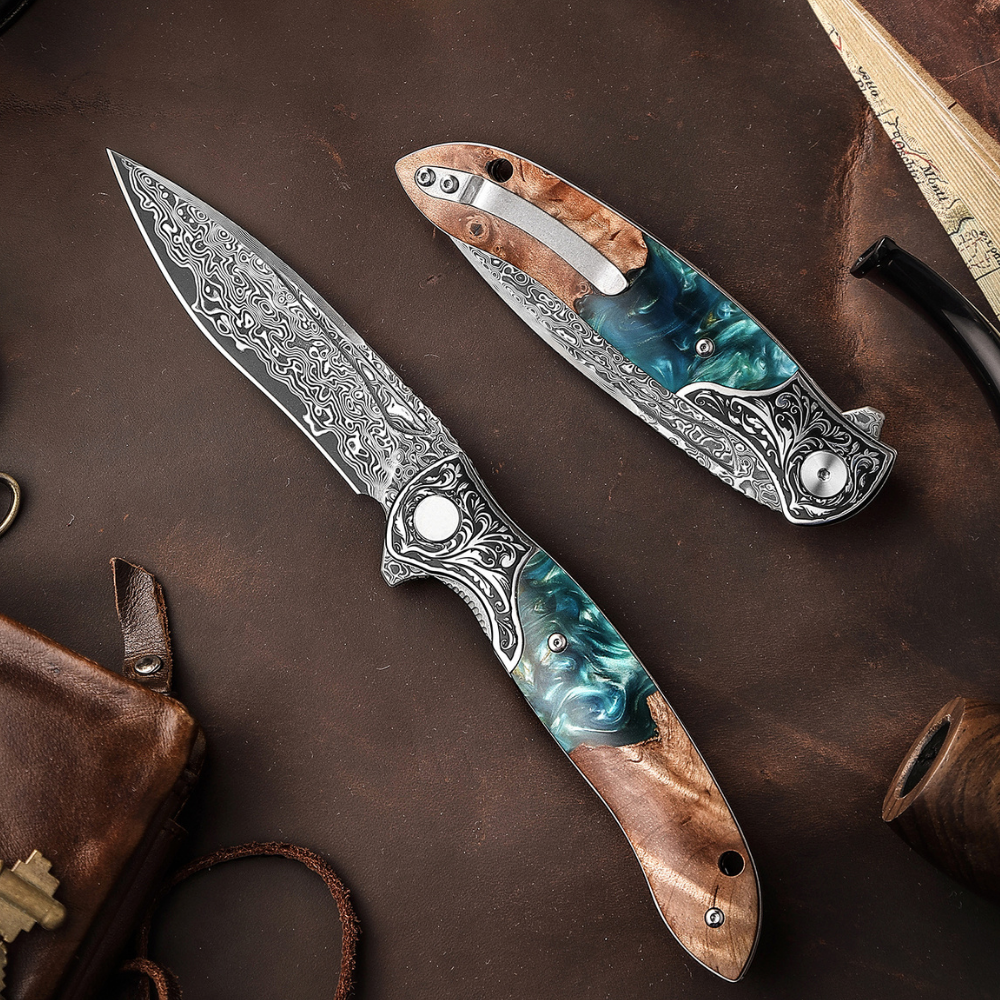
Leave a comment